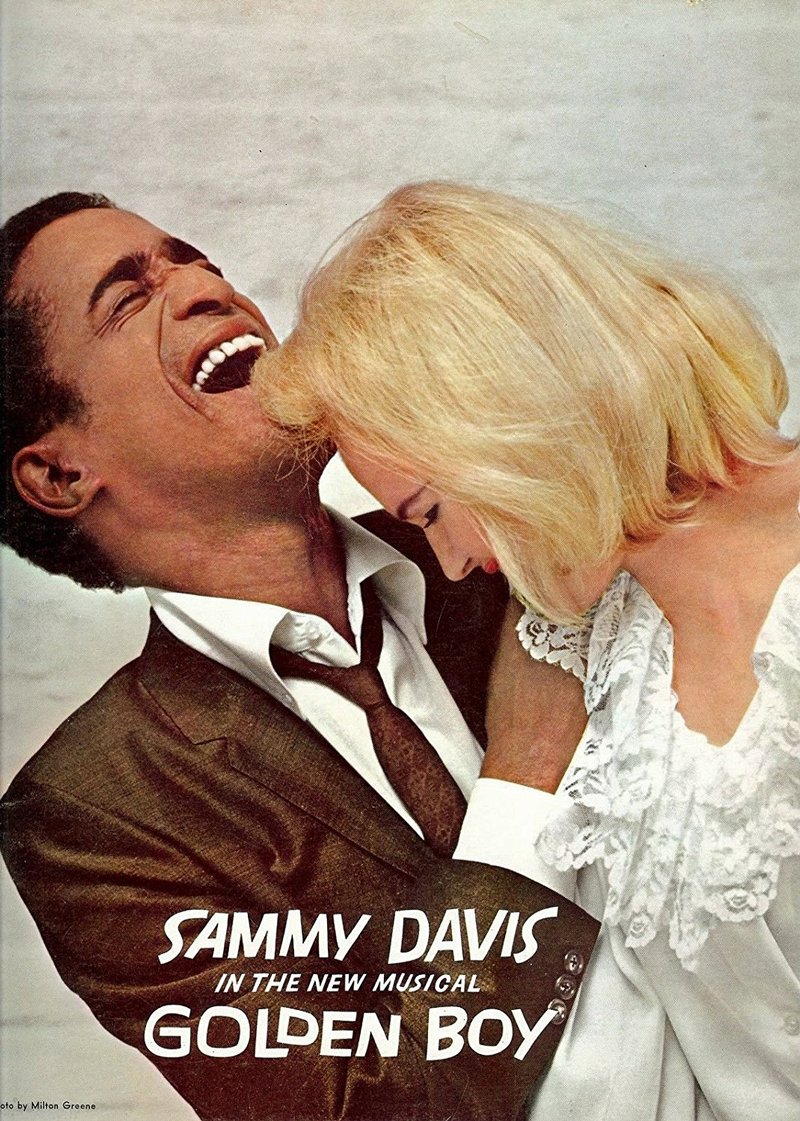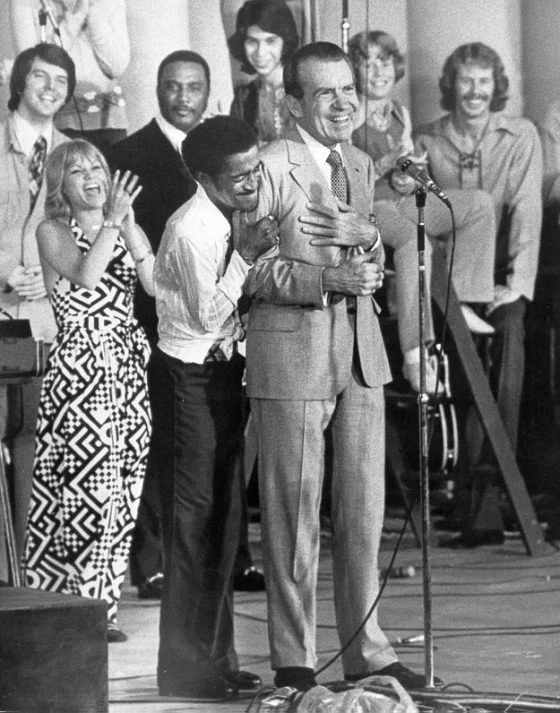
Liza Minnelli with her father, Vincente, on the set of A Matter of Time, 1976, American International Pictures
Listen to this episode on Apple Podcasts or Spotify.
Vincente Minnelli was the ultimate creature of the studio system, spending twenty years working for MGM and perfecting a distinct brand of big-budget, beautifully designed, often musical entertainment, from Meet Me in St. Louis to An American in Paris, The Bad and the Beautiful to Gigi. Minnelli’s late period begins with two films he made toward the end of his run at MGM, his proto-psychedelic remake of Four Horsemen of the Apocalypse (1962) and Two Weeks in Another Town, which painted such a caustic picture of moviemaking decadence that MGM forcibly recut it. Knocked off his game, with both his faculties and his power waning, Minnelli made a trilogy of films about reincarnation and rebirth, one of which starred his famous daughter, Liza.

Still from Two Weeks in Another Town, 1962, MGM
SHOW NOTES:
Sources:
A Hundred or More Hidden Things: The Life and Films of Vincente MInnelli by Mark Griffin
The American Cinema: directors and directions 1929-1968 by Andrew Sarris
I Remember it Well by Vincente Minnelli with Hector Arce
Vincente Minnelli: The Art of Entertainment
Vincente Minnelli: Hollywood’s Dark Dreamer by Emanuel Levy
Get Happy: The Life of Judy Garland by Gerald Clarke
Cahiers du Cinema: The 1960s (1960-1968) New Wave, New Cinema, Reevaluating Hollywood by Jim Hiller
“New 4 Horsemen’ Appeal Geared to Different Level,” James Powers, The Hollywood Reporter, February 8, 1962
“Actors Re-create Royal Past with a Sumptuous Repast, Sally K. Brass, Los Angeles Times, May 29, 1969
“The Streisand Show,” Tom Milne, The Observer Review, August 1 1971
“A Matter of Time,” Pauline Kael, New Yorker, Nov 1, 1976
“The Nostalgia Express: Gideon Bachmann interviews 2 Minnellis and a Bergman”, Gideon Bachmann, Film Comment Vol 12 No 6, Nov/Dec 1976
“One Kind of Dream”, George Morris, Film Comment Vol 12 No 6, Nov/Dec 1976
“Movie of the Week: ‘A Matter of TIme’”, Richard Brody The New Yorker, August 27, 2015
Vincente Minnelli papers collection, Margaret Herrick Library
Please note: as an Amazon Associate, Karina earns from qualifying purchases. #ad

Director Vincente Minnelli surrounded by posters for his films
Music:
The music used in this episode, with the exception of the intro, was sourced from royalty-free music libraries and licensed music collections. The intro includes a clip from the film Casablanca.
Excerpts from the following songs were used throughout the episode:
"ZigZag Heart” - Nursery
"Kalsted” - Lillehammer
"Chai Belltini” - Vermouth
"Bellow’s Hull” - Reflections
“Hardtop Rocks” - Vermouth
“Single Still” - Vermouth
“Jumbel” - Muffuletta
“Tarte Tatin” - Confectionery
“Heath” - Moon Juice
“Coquelicot” - Magenta
“Apple Spice” - Sunflower
“The Maison” - Desjardins
“Out of the Skies, Under the Earth” - Chris Zabriskie
“Four Count” - Reflections
“Song at the End of Times” - Lemoncello
This episode was written, narrated, edited and produced by Karina Longworth.
Our editor this season is Evan Viola.
Research, production, and social media assistant: Brendan Whalen.
Logo design: Teddy Blanks.

Still from On A Clear Day You Can See Forever, 1970, Paramount Pictures



























































